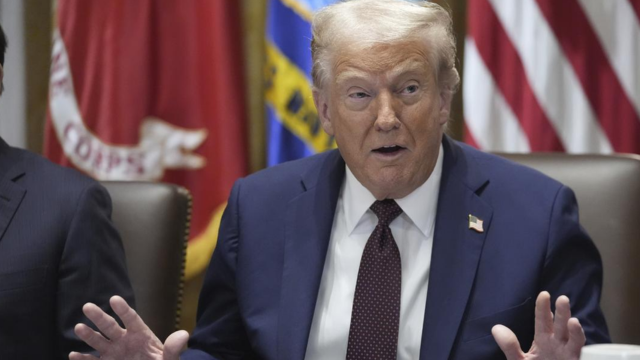26 Aug 2025 : The United States has officially enforced an additional 25% tariff on Indian imports, doubling the effective duty to 50%. The latest measure, signed by President Donald Trump, came into effect on August 27, 2025, marking a major escalation in U.S.-India trade tensions.
This step follows the earlier 25% reciprocal duty, implemented on August 7, 2025, after talks between Washington and New Delhi failed to bridge widening differences over trade and energy policy. The new surcharge is being seen as a penalty on India’s continued purchase of discounted Russian crude oil, which Washington argues indirectly funds Moscow’s war in Ukraine.
Impact on Indian Exports
According to the Times of India, nearly 66% of India’s exports to the U.S.—ranging from textiles, gems, and leather goods to agricultural products—will be impacted. The United States remains one of India’s largest export markets, and trade experts warn that the tariff shock could cost Indian exporters billions of dollars in revenue.
Industries such as textiles and apparel are expected to be hit hardest, given their reliance on competitive pricing in the U.S. market. The gem and jewelry sector, another major contributor to India’s exports, could also face significant setbacks. Agricultural producers shipping rice, spices, and seafood to the U.S. are bracing for reduced demand due to higher landed costs.
Strategic and Political Context
Trump’s move underscores his “America First” approach to trade. Speaking on the tariff order, the President said India had been “taking unfair advantage” of U.S. markets while refusing to align with Washington’s foreign policy goals. He stressed that no exemptions would be granted, making India a test case for tougher U.S. trade enforcement.
From the American perspective, the tariffs aim to pressure India to reduce dependence on Russian oil, a key revenue stream for Moscow. Reports suggest that U.S. officials had privately warned New Delhi of punitive action if crude imports from Russia were not curtailed.
India’s Response
The Indian government has expressed “deep disappointment” over the tariffs and is exploring options at the World Trade Organization (WTO). New Delhi has argued that its oil imports from Russia are driven by energy security needs and that it remains compliant with global trade norms. Indian industry bodies have also urged the government to negotiate exemptions for critical sectors while considering countermeasures to protect exporters.
Winners and Losers
Analysts note that countries like Vietnam and China could benefit as U.S. importers seek alternative suppliers to offset the cost impact of Indian goods. Meanwhile, Indian exporters may attempt to diversify to European, Middle Eastern, and Southeast Asian markets to soften the blow.
The Road Ahead
The tariff escalation highlights a broader shift in U.S.-India relations, where trade frictions increasingly intersect with geopolitics. Experts believe that unless negotiations resume quickly, the dispute could deepen, creating long-term uncertainty for bilateral economic ties.
For now, Indian businesses must grapple with a 50% duty wall, a development that threatens to disrupt supply chains, reduce competitiveness, and challenge New Delhi’s export growth ambitions in its most lucrative foreign market.
Summary
The U.S. has doubled tariffs on Indian imports to 50%, targeting trade and Russian oil ties. The move threatens 66% of Indian exports, sparking economic strain and escalating diplomatic tensions.


